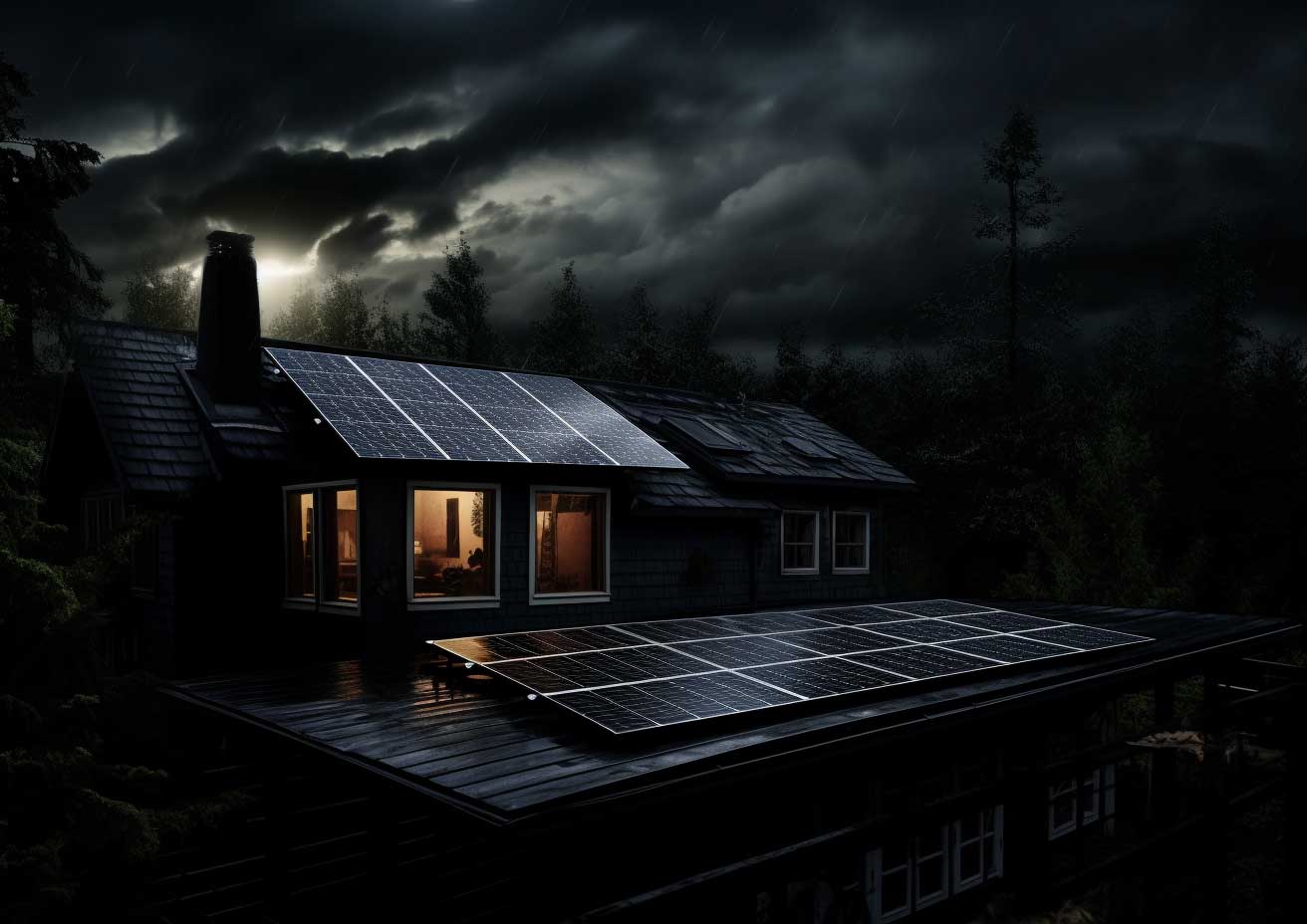Whether you’re a facility or maintenance manager, it’s crucial to find the best industrial fan for effectively circulating air in your distribution center or warehouse. This is vital not only for cost efficiency and protecting your product, but also for creating a comfortable and healthy environment for your employees. Proper ventilation and consistent air movement are essential regardless of the facility size. If you want a well-ventilated warehouse, consider adding the best industrial fans to your operations.
What are industrial fans used for?
Industrial fans are devices that create airflow for industrial applications. Commonly used in large warehouses, factories, and other commercial spaces, they help to circulate air in order to maintain temperature stability and keep the environment comfortable. Additionally, industrial fans work to reduce moisture levels and clear any dust and dirt particles that accumulate during production. In short, these powerful devices are essential for efficient ventilation management.
The main reasons for using an industrial fan are:
- Make an area feel cooler for employees
- Circulate fresh air into a space
- Remove odors
- Provide proper ventilation
- Provide healthy air and keep stagnant air out
- Keep the air healthy and safe for employees
Industrial fans are crucial in many industries, including:
- Agricultural
- Automotive
- Distribution
- Food Processing
- Manufacturing
- Service Repair Shops
- Warehouses
Industrial fans come in a wide variety of shapes and sizes. Which size fan you choose depends on what you hope to accomplish with the fan and the environment you will be running it in.
How do industrial fans work?
No matter the shape or size, industrial shop fans work by moving air near their rotating blades.
The movement of the air creates a breeze. The breeze creates a cooling effect on a person’s skin. The movement of air can also remove odors or stagnant air from an area. A fan’s blades are connected to a hub, which is driven by a motor.
Does a fan make a room cooler or hotter?
Depending on the space, fans usually will make a room hotter, but will make the humans in the room feel cooler. Instead of dropping the temperature of the room, fans generate a breeze that creates an evaporative cooling effect on the human skin, thus dropping the temperature of the skin.
Although fans can make a room hotter, they are extremely effective at making a person feel cooler in a hot space and can help you save money on heating, ventilation, and air conditioning (HVAC) costs. Fans are cheaper to run than air conditioners and can save you the most when used along with your AC system. You can keep the thermostat at a higher temperature if you operate fans in your facility.
Are 3 or 4 fan blades better?
The lower the number of blades a fan has, the less drag there is on the motor. A fan with fewer blades can move air faster and more efficiently than a fan with more blades.
A fan with three blades will be lighter and more energy efficient than a fan with four blades. The biggest downside of three-blade fans is they are louder than four-fan blades.
That’s why three-blade fans are perfect for a commercial environment warehouse – the noise isn’t an issue in an industrial setting, but can save facility money and energy.
What is the best industrial fan? Which fan brand is the best?
Knowing what you need and being able to sort through all the available options can be confusing and difficult. How do you know if you’re making the right choice for your facility’s needs? What is the best industrial fan?
As an energy solutions company, we are constantly researching energy saving technology to find the best solutions for our customers. We’ve found an industrial pedestal fan that is the most energy efficient, maintenance free, and effective at generating robust airflow.
The Jan Fan two-speed pedestal fan comes in three sizes, depending on if you want a small or large fan: 20 inches, 24 inches, and 30 inches. The pedestal industrial fans have patented features that make them the best air circulators in the industry. They are ideal for distribution centers, plants, warehouses, and other industrial spaces that require powerful air circulation.
These portable fans stand out due to their ease of maintenance, safety features, and energy efficiency. Why they’re the best:
- The fans have a 2 ½ inch clearance from any point of the fan blade to the guard. That means it is safer than other fans on the market, but also easier to maintain. If the fan gets dinged up chances are the blades will still be running since the gap is 2 ½ inches thick.
- The fans are yellow for high visibility.
- The fans come with pre-installed serrated flange nuts so your maintenance crew doesn’t have to deal with washers.
- They have a safety hinge system as opposed to hooks. Instead of having to pry hooks open to get to the blades, the hinging guard system allows you to open the fan at any angle without tools.
- The three blades are made from spring steel so they aren’t easily damaged like aluminum blades.
- The switch and capacitor are all housed in the same hub so you don’t have to worry about a technician spending two hours to fix a fan if one stops working. Instead, he or she would just replace the hub with a new one.
How much does it cost to run a fan for 24 hours?
The cost of running a fan for 24 hours depends on various factors, including how many watts of power it uses and what your local utility energy rate is.
Jan Fan has created a patented module that will automatically shut off a fan after four, five, six, or ten hours, depending on what you set it to. The module not only saves energy costs since it prevents someone from leaving a fan running all day and night, but it also reduces excessive motor wear and unnecessary dirt buildup on fan parts.
In order to see how much money you can save, Jan Fan has put together a cost savings calculation to see how much you can save by using their energy-saving module.
If you are interested in calculating how much it would cost to operate a fan, follow the formula below or you can reach out and we’d be happy to help assist:
Total # of Fans
X Hours per day the fan is on
X Energy usage of the fan in KW (0.240 KW for the Jan Fan)
X Energy rate of your facility in kWh
= TOTAL DAILY ENERGY USAGE
Interested in the best industrial shop fans?
If you would like to learn more about the Jan Fan pedestal fans and see how quality air circulation can improve your facility, we would love to help! Please reach out to us at (800) 834-8737 or visit our website: wattlogic.com.




